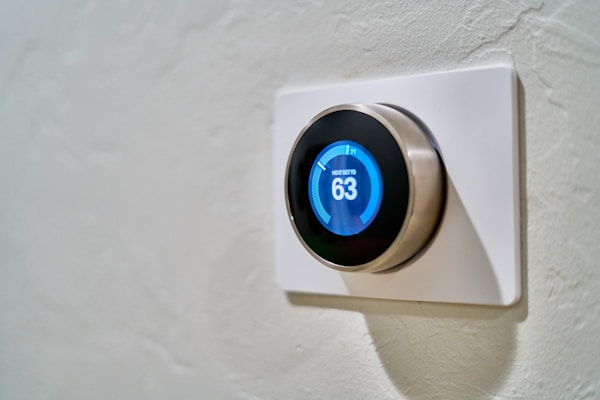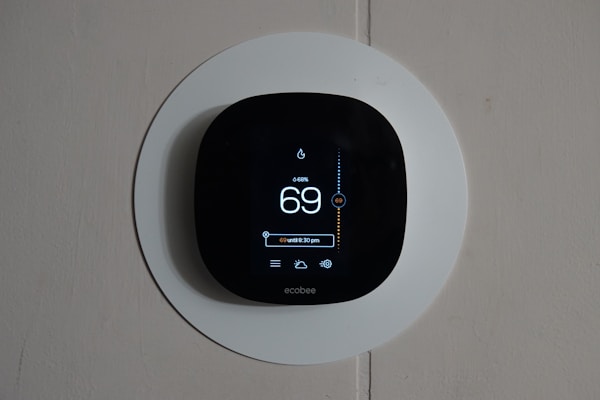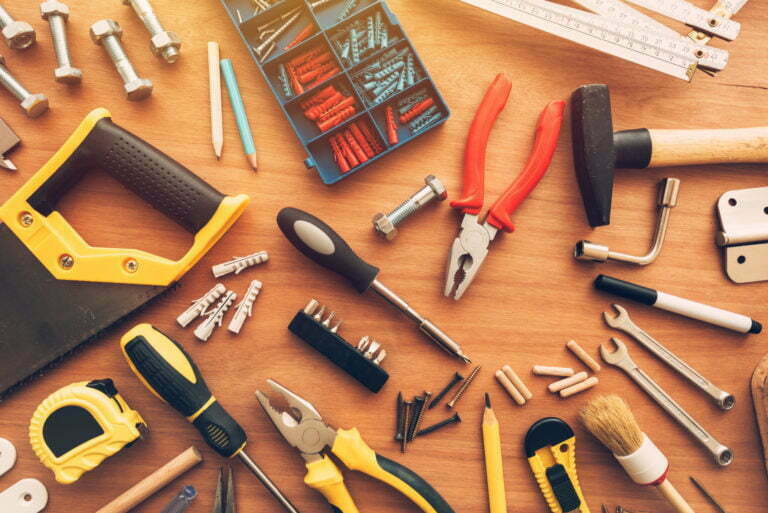Your thermostat is one of the most crucial pieces of equipment in your home. It is inevitable that every thermostat will need to be replaced at some point. The outdated technology and usage of mercury in most thermostats means that they will eventually need to be replaced. There are also many new features that are being developed for thermostats that can save you money and energy. You need to start thinking about replacing your thermostat sooner rather than later. If you’re not sure whether or not it’s time for an upgrade, read on to learn about some of the signs that you might need a new thermostat.
How can you tell if you need a new thermostat?

There are several signs that you need a new thermostat to look out for. One sign is that your home is not staying at the temperature that you have set. If your home is too hot or too cold, your thermostat may not be working correctly. Inconsistent temperatures are a major indicator that something is wrong. When it comes to your home’s energy bills, you need to be aware of any sudden or suspiciously high increases. This can be a sign that there is a problem with your thermostat. If you’re seeing a rise in your energy costs that you can’t explain, it might be time to invest in a new thermostat.
If your HVAC system is short-cycling, the cause could be a malfunctioning thermostat. Short-cycling is a heating and cooling problem that can occur when your furnace or air conditioner turns on and off too often. A thermostat that is not working properly can cause the HVAC system to turn on and off repeatedly, which can lead to increased energy usage and higher utility bills. If you’re experiencing short-cycling, the best thing to do is call a professional to inspect your furnace or air conditioner.
The lifespan of a thermostat depends on a number of factors, including the make and model of the thermostat, the temperature settings, and the environment in which it is used. Experts believe that most thermostats have a lifespan of around 10 years. If your thermostat is over a decade old, it’s not a bad idea to have a technician check to ensure that it’s still in good working order.
Why is taking care of your HVAC system so important?

Your HVAC system is your first line of defense against poor indoor air quality at home. By regularly cleaning and maintaining your system, you can reduce the amount of dust, pollen, and other allergens that circulate throughout your home. Additionally, scheduling regular HVAC maintenance can identify and address any potential problems with your system before they become bigger, more expensive issues. Poor indoor air quality can also cause a variety of health problems, from asthma and allergies to respiratory infections and heart disease.
A smart thermostat is one of the best investments you can make for your home. Not only do they save you money on your energy bill, but they also make your entire HVAC system more effective. Smart thermostats are programmable, which means you can customize them to meet your specific needs. They can also be controlled remotely, so you can adjust the temperature even when you’re not home. Smart thermostats also optimize your HVAC system. They can even detect when you’re away, creating an efficient system that doesn’t use excess energy.
As you can see, there’s a lot more that goes into maintaining your home’s HVAC system than you may think. Although we don’t often think about our thermostat, it’s a key part of our heating and cooling infrastructure. If a thermostat is no longer working properly, it is critical to replace it as soon as possible. A malfunctioning thermostat can lead to increased energy bills and, in extreme cases, can even cause damage to the heating or cooling system. If you follow this advice, you can be sure you’ll always be comfortable at home.





